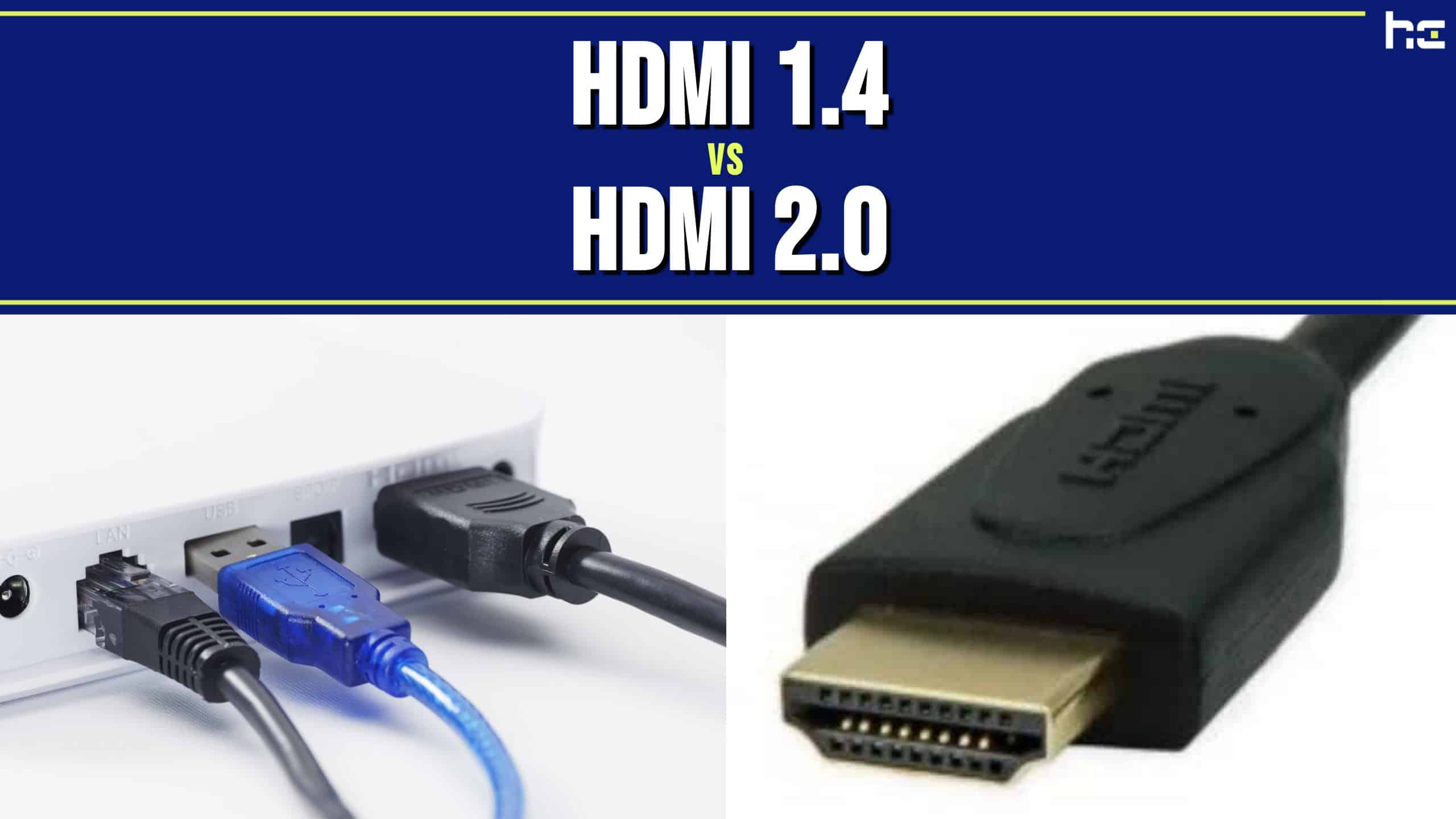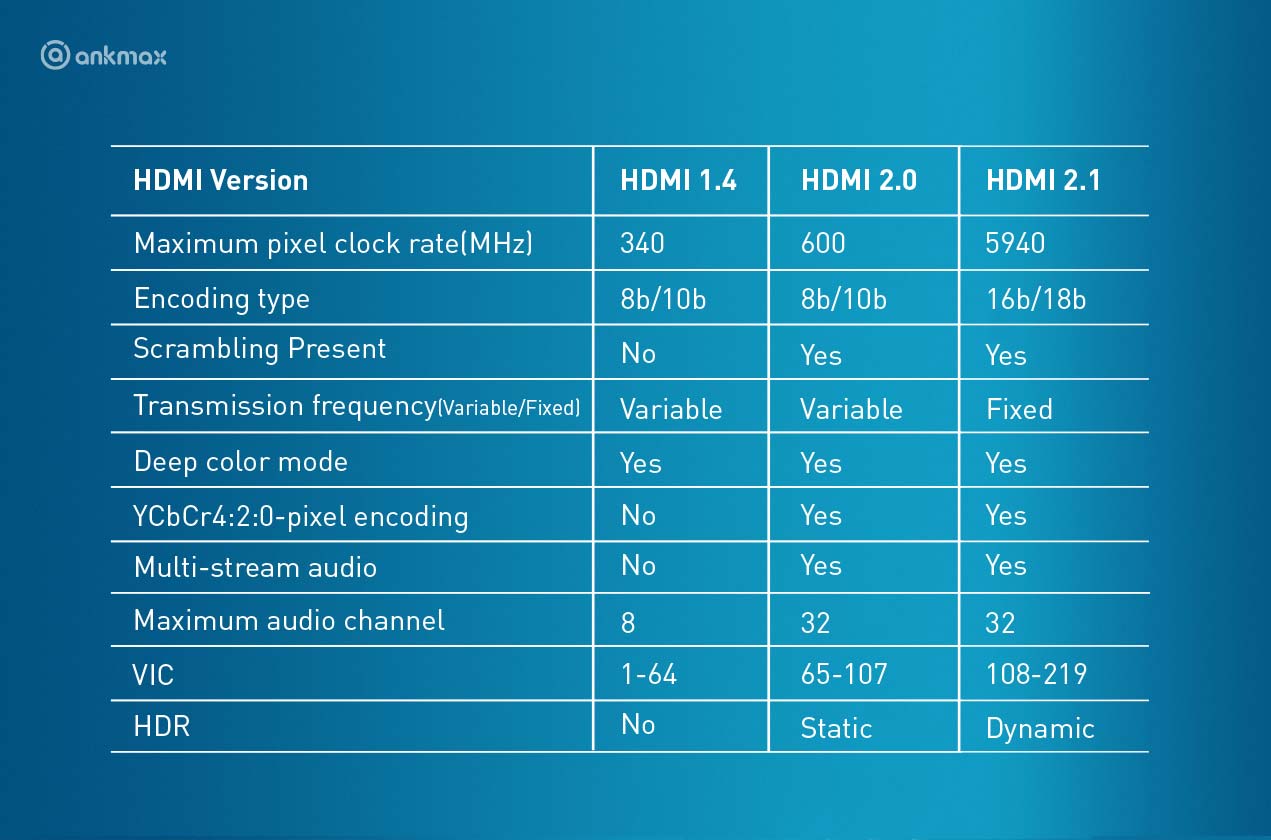Roads & PavementRoads & Pavement
Barefoot
Minimal
Low
Medium
High
Maximal
All around running shoes offer comfort and cushioning for daily runs, jogs, walks, and long mileage. They offer enough versatility for both faster and slower runs and are a great option for those who want one running shoe to do it all.
Fast run or uptempo running shoes are lightweight and responsive. They offer streamlined designs that have minimal uppers and offer a high level of energy return. These shoes are a great option for faster runs in the week or those looking for a livelier experience.
Max Cushion shoes offer premium cushioning with ample ground protection and a stable ride. These types of shoes provide abundant impact protection that softens landings while running at any pace or distance. These types of shoes are best for slower recovery runs and easy days where comfort takes priority.
Racing shoes are designed with optimal performance in mind. These types of shoes have snug-fitting uppers, energetic midsole foams, and features implemented for maximum efficiency. These types of shoes are best for runners looking to gain the ultimate advantage in races but may sacrifice some durability and comfort.
Gym Workout shoes offer a stable and versatile ride. They have a firmer underfoot feeling that provides stability for lateral movements with comfortable uppers. These types of shoes are best for trips to the gyms, cross training, casual wear, and light running. Choosing between HDMI 2.0 and HDMI 1.4 in NAS What is the difference
Road running shoes feature smooth outsoles that are designed for running on paved surfaces such as roads, sidewalks, and bike paths.
Designed to handle most trail runs, these shoes prioritize comfort and a smooth ride. These shoes are great for anything from smooth singletrack, park trails, and fireroads making them ideal for those who run from their doorstep on streets before hitting the trail.
These shoes are best used for hard, rugged trails such as shale, granite or sandstone where grip on smooth surfaces and underfoot protection are important.
Designed for use in muddy, soggy conditions, these shoes feature very aggressive outsoles that dig deep into soft ground for exceptional traction.
These shoes feature technical outsoles designed to grip snowy and icy trails making them ideal for winter trail running.
Cushioning level, or stack height, refers to how much shoe is between your foot and the ground. For this category, we reference the amount of cushioning below the forefoot as the heel height will be equal to or greater than the forefoot height.
What is the difference between HDMI 1.3 and 2.0 Quora
0-13mm. The Shoe generally does not have a midsole and feels like there is no cushioning. This shoe is all about feeling the ground underfoot.
14-18mm. The shoe has a thin midsole that allows for a natural running experience. Racing shoes and minimalist shoes are common here. These shoes offer a feeling of being connected to the road or trail.
19-23mm. The shoe has a slightly cushioned feel and may feature added cushioning technologies. Performance training shoes and some trail shoes are common here. These offer protection during footstrike but prioritize a lightweight, grounded experience.
24-28mm. These shoes have a stack height that fall near the middle of the spectrum.The shoes in this category are verstaile and great for all types of runs and distances.
29-34mm. The shoe has a thick midsole and ample cushioning. These shoes are highly protective and absorb more impact than the body.
35mm plus. The shoe has an extremely thick midsole and extra cushioning. The focus is on protection and soft foam underfoot with hardly any ground feel.
Neutral shoes support the foot through a normal range of arch collapse and generally do not have a built-in technology to correct movement.
Stability shoes are a great option for those who overpronate or need added support. These shoes help to limit the inward rolling motion of the ankle while running or walking and assist in guiding the foot straight through the gait cycle. HDMI 1.4 vs. HDMI 2.0 6 Key Differences and Advantages to Upgrade
Product Details:
DisplayPort 1.4 vs. HDMI 2.1 What You Need to Know sales, TECHON TV out Cable 1.5 meter 1.4 version hdmi cable TECHON sales, 1.4 Certified HDMI Cables Cableorganizer sales, HDMI Versions 1.1 1.2 1.3 1.4 2 2.1 Differences sales, HDMI vs. Display Port Which One Should You Use sales, CLASSYTEK HDMI Cable 15 Meter Male to Male 1.4v Gold Plated HD 1080p for LCD TV PC and Laptop Black sales, HDMI 2.1 Vs. DisplayPort 1.4 Comparing Unknown Facts uni sales, HDMI 2.1b Specification Overview sales, 119352 HDMI 1.4 Cable 1.8m 4K 30Hz Equip sales, Definition of HDMI 1.4 PCMag sales, HDMI 2.0 vs DisplayPort 1.4 Which Display Tech Should You Choose sales, 10ft HDMI 1.4 Male to Male Black Cable Supports Ethernet Channel sales, HDMI To HDMI Cable 1.5 Meter 1.4V Supports 4K 2K Quality sales, HDMI Specification 1.4b sales, HDMI Cables for Connecting PS4 PS4 Pro and PS5 to Gaming sales, MX RIGHT ANGLE HDMI MALE TO MALE CORD 1.4V 3 MTR MX 3576A sales, If I connect an HDMI 2.0 PC to an HDMI 1.4 TV will it work My TV sales, HIGH SPEED HDMI 1.4 Cable with Ethernet 3Mtr. Honeywell Connection sales, Features and Specifications of HDMI 2.0 Cables C2G sales, Amazon.in Buy Honeywell HDMI 1.4 Cable with Ethernet for sales, What s the Difference Between HDMI 1.4 and HDMI 2.0 sales, HDMI 2.1 vs. DisplayPort 1.4 Full Comparison and Pros and Cons sales, MX HDMI MALE TO MALE CORD GOLD PLATED 12 MTR 1.4 VERSION ECONOMY MX 3452I sales, Black HDMI to HDMI 1.4v Full HD Cable 1080p 3D ARC HDCP Supported sales, FAQ about HDMI All You Need To Know iVANKY sales, What is the difference between HDMI 1.4 and 2.1 Comparing sales, If I plug an HDMI 1.4 into a TV with an HDMI 2.0 port will it sales, What is HDMI 2.1 A Comparison with other HDMI versions sales, Amazon.in Buy MX HDMI MALE TO HDMI MALE FLAT CABLE 1.4 VERSION sales, All HDMI 2.0 Implementations Are not Equal CNX Software sales, HDMI 1.4 Explained Compared sales, MX HDMI MALE TO HDMI MALE CORD 1.4 VERSION FLAT CABLE 1.5 MTRS sales, Slaying the Cable Monster What You Need to Know About HDMI Cables sales, HDMI Wikipedia sales, HDMI 2.1 vs 2.0 vs 1.4 What s the Difference Ankmax Official Shop sales, HDMI 2.1 vs DisplayPort 1.4 Comparison Tech Centurion sales, HDMI 1.4 vs. HDMI 2.0 6 Key Differences and Advantages to Upgrade sales, What is the difference between HDMI 1.3 and 2.0 Quora sales, Choosing between HDMI 2.0 and HDMI 1.4 in NAS What is the difference sales, What s the Difference Between HDMI 1.4 and HDMI 2.0 sales, HDMI 2.0 vs 1.4 What s the difference Trusted Reviews sales, Is there a way to get my laptop which has an HDMI 1.4 port to sales, HDMI 1.4 Vs 2.0 What is The Major Difference uni sales, HDMI 1.3 vs HDMI 1.4 vs HDMI 2.0 What are the differences AVLT sales, HDMI Versions HDMI Version 1.0 to 2.1 Explained sales, HDMI 2.1 vs 2.0 vs 1.4 What s the Difference Ankmax Official Shop sales, HDMI Wikipedia sales, HDMI 1.4 vs HDMI 2.0 Explained sales, HDMI 1.4 vs 2.0 Cable Are There Any Differences Between Them sales, HDMI 1.4 vs. HDMI 2.0 6 Key Differences and Advantages to Upgrade sales, Product Info:
Hdmi version 1.4 a sales.
- Increased inherent stability
- Smooth transitions
- All day comfort
Model Number: SKU#7361210




